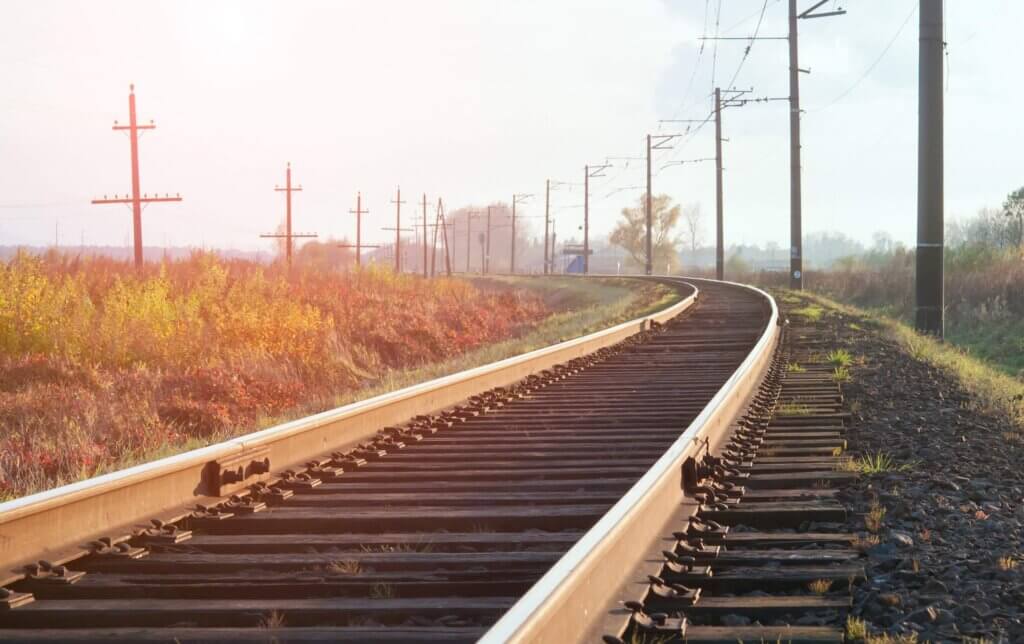
Importance of ports and railroads for coffee exports
When thinking about Brazilian agricultural production, it is impossible not to think about coffee plantations. Even though it is not a native plant in Brazil, the climate in some regions of the country is favorable for its cultivation, and even during the Empire of Brazil, coffee export became the main economic activity in the country.
In fact, in the 17th century, coffee was already grown in Brazil, but this was done on a small scale and was intended for domestic consumption. It was only in the following century that grain came to be seen as a solution to the economic crisis caused by the end of the gold cycle. One of the main factors that boosted coffee exports was the fact that the United States stopped buying beans from its former metropolis, England. Therefore, as they are large consumers, a great market opportunity has arisen for Brazil.
In this way, the country began to invest more and more in the planting of coffee in Southeast lands, aiming at its exportation. 150 years later, coffee production and export is still very important for Brazil. Therefore, we have prepared an article to explain the role of rail and waterway modes in this activity, check it out:
Content Index
Coffee exports in numbers

From the mid-nineteenth century to the present day, Brazil occupies the position of the largest producer of grain in the world, accounting for about a third of all world production. That said, before exploring the logistical aspect of exporting coffee, let's understand the numbers related to this activity.
According to the National Coffee Council, the total national production of coffee was 63.08 million bags of 60 kg in 2020. Most of the planting was carried out by small companies and family farmers spread across the country. The Southeast region still concentrates most of the grain plantations, mainly in Minas Gerais and Espírito Santo. Minas Gerais e no Espírito Santo.
Of the total production value, around 18.5 million bags were destined for domestic consumption, while 44.6 million were used for export. The main international buyer was the United States, with 8.1 million homes, constituting 18.3%. Germany was in second place, with 7.6 million (17.1%). The third largest buyer was Belgium, importing 3.7 million bags (8.4%) from Brazil.
Logistics problems affecting coffee exports

Coffee cultivation can face several obstacles, such as climate change, droughts, negative biennials and certain pests, such as Coffee Rust, for example. In addition, most of the problems related to coffee exports are linked to logistics.
The pandemic of the new coronavirus was one of the main factors that harmed several economic activities: the export of coffee was no exception. For example, the price of fuel has increased considerably during the pandemic, which makes freight costs very expensive.
Even before the pandemic, transport infrastructure in Brazil was no longer exemplary. A history of investments destined exclusively for the road modal overloaded the use of roads. The lack of maintenance in many parts of the Brazilian territory also greatly affects logistics.
A possible solution would be to bet on flexibility and combine the use of different modes, such as rail and waterway. In the case of coffee, transport by trucks is not always ideal , as the volume capacity is lower compared to train and boat wagons, for example.
We will see, below, how these two types of transport can be advantageous in the export of coffee.
Importance of ports

Ports are fundamental in the export of coffee, after all, most of the production of the grain uses maritime transport to reach its international destinations. This is because ships and vessels are capable of carrying large amounts of products over long distances.
In Brazil, coffee exports are concentrated in a few places. The main port is Santos (SP). In 2020, the Santos pier was responsible for exporting about 31.6 million bags, which totals a little more than 79% of the entire amount sent abroad.
In second place are the ports located in the state of Rio de Janeiro. Therefore, the Port of Rio de Janeiro, located in Guanabara Bay, and the Port of Itaguaí (RJ) together exported around 5 million bags in the period, constituting 12.7% of the country's total shipments.
Importance of railroads

We already know that Brazilian ports are essential for exporting coffee. However, the grain producing areas are not always located close to the coast, so one of the logistical challenges involved in this activity is precisely transporting the grains to the port areas.
That said, the use of railroads and freight cars to transport coffee beans is a more efficient strategy than relying solely on the road sector. After all, trains are capable of carrying large volumes of products in a few trips.
In addition, rail travel is less prone to accidents related to human error and also avoids traffic problems and congestion, making the route more predictable and enabling more accurate logistical planning.
Conclusion
It was possible to notice that the rail modal and the ports are fundamental elements in the exportation of coffee, as well as of great part of the agricultural products.
Therefore, investments in the expansion and modernization of the Brazilian rail network and in important ports are increasingly necessary. Only in this way will it be possible to explore the country's true economic potential.
Did you like our content? If so, follow us on Instagram that we let you know when we post more.












